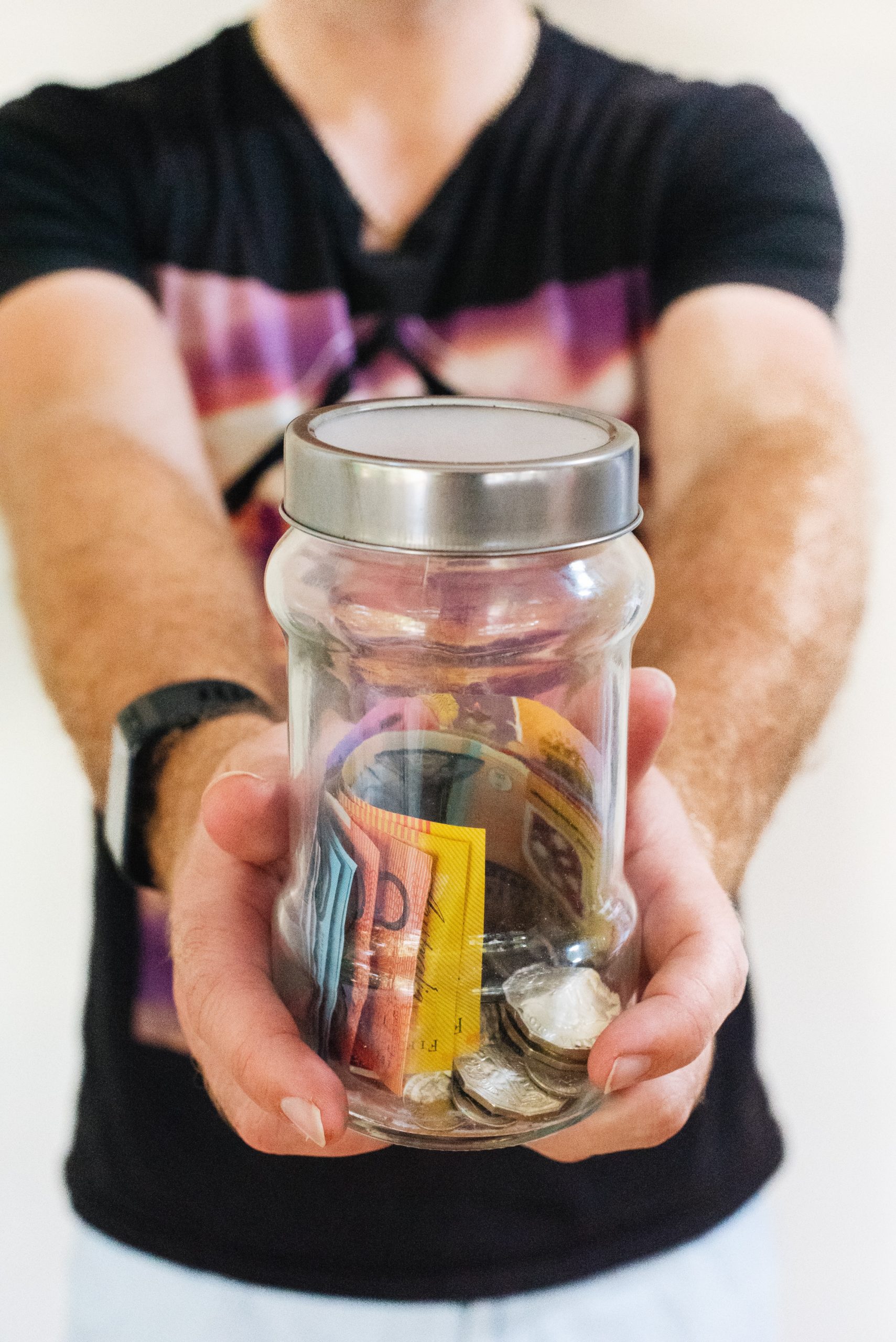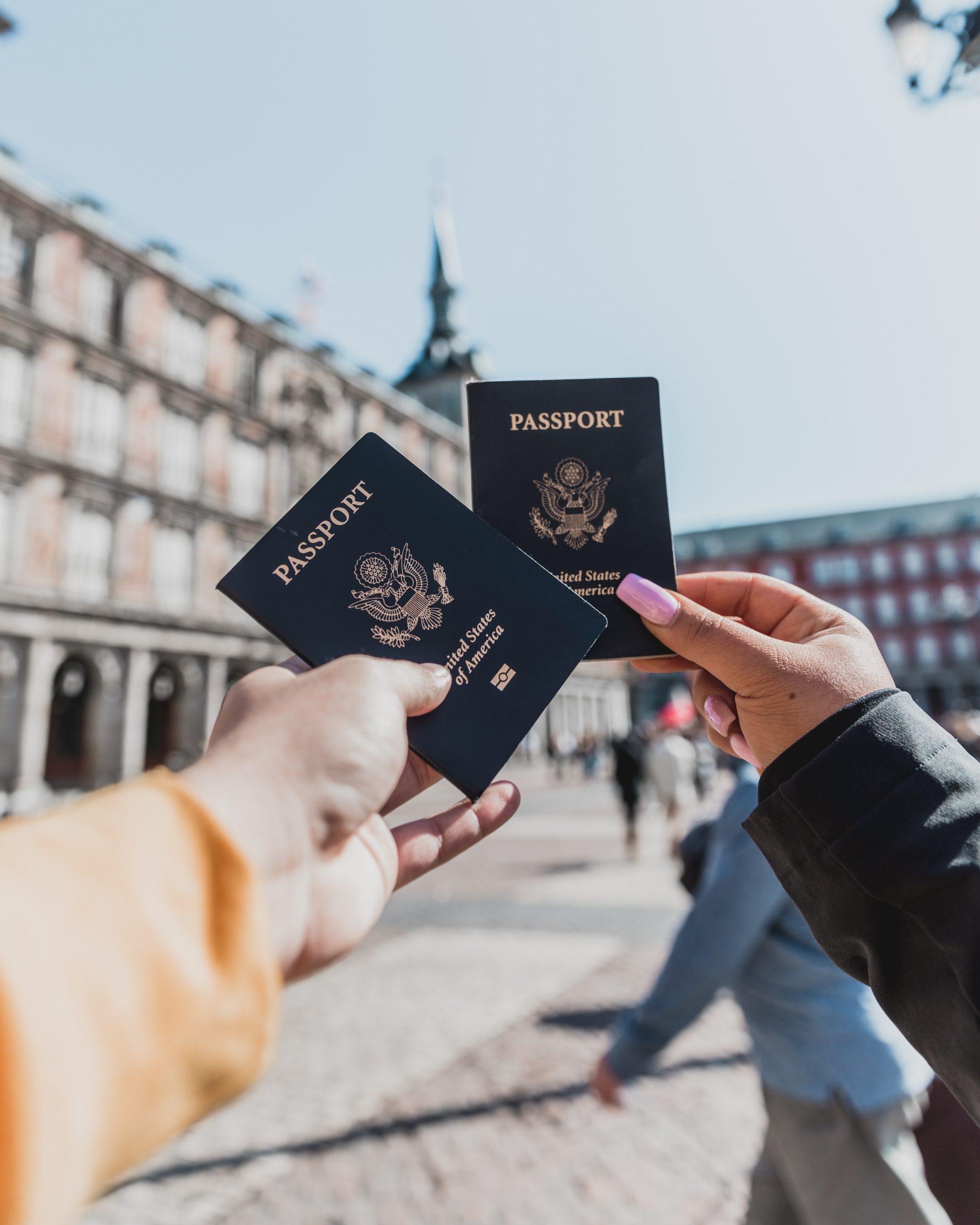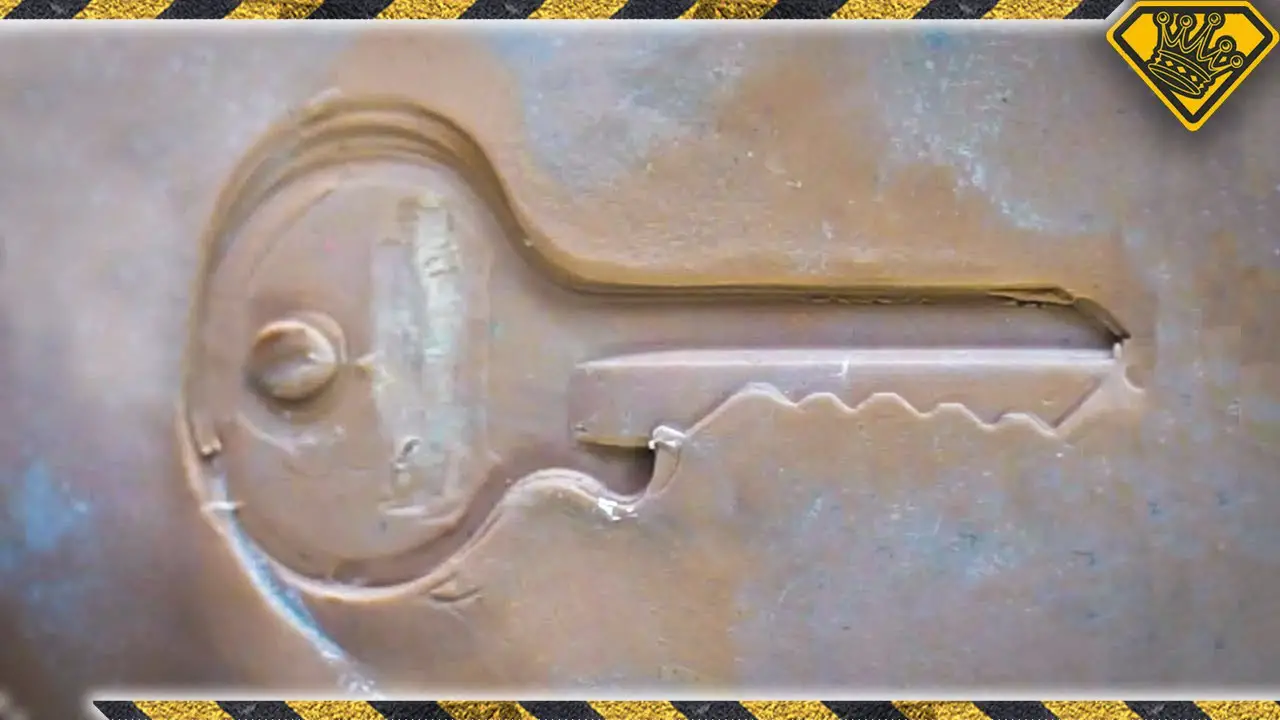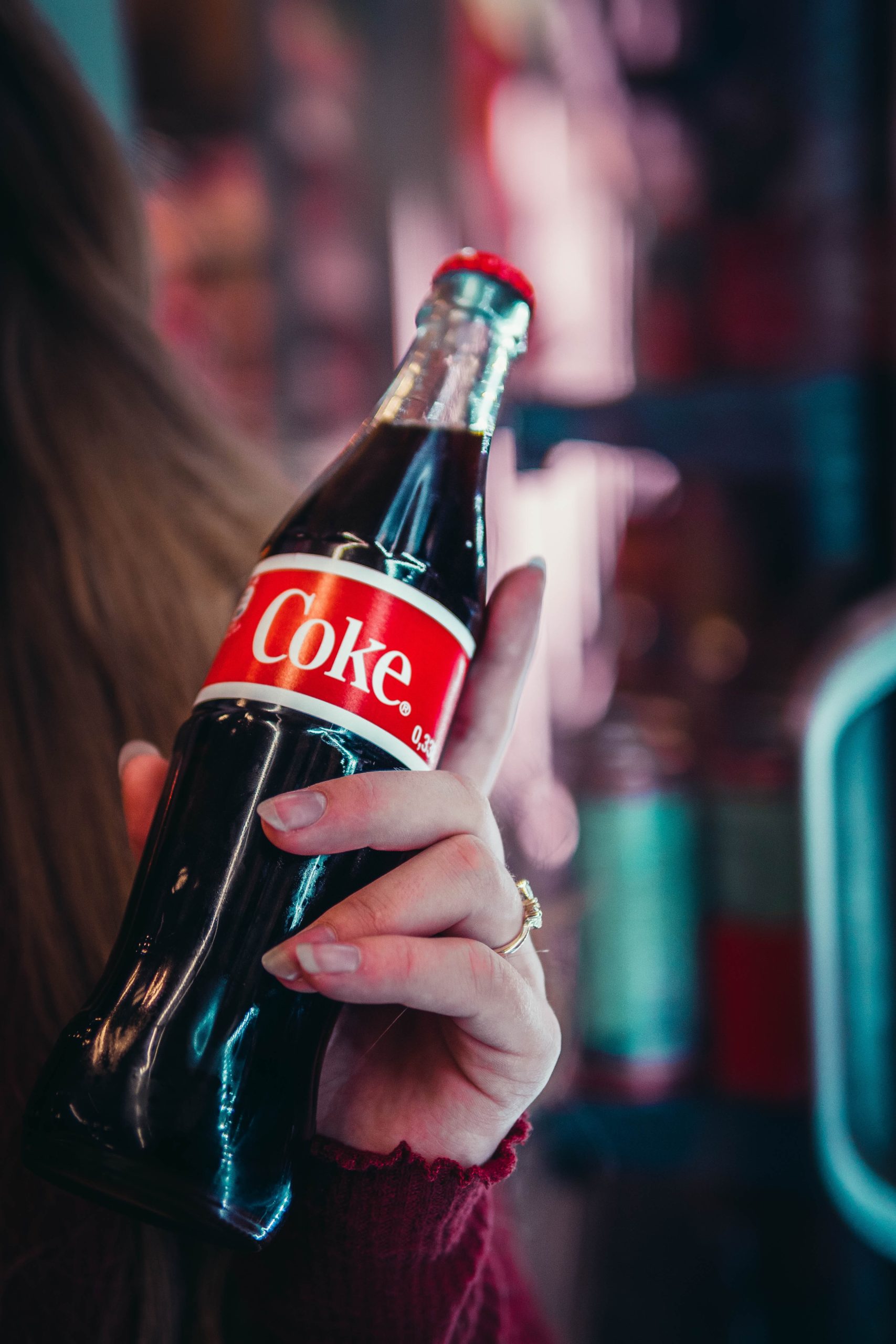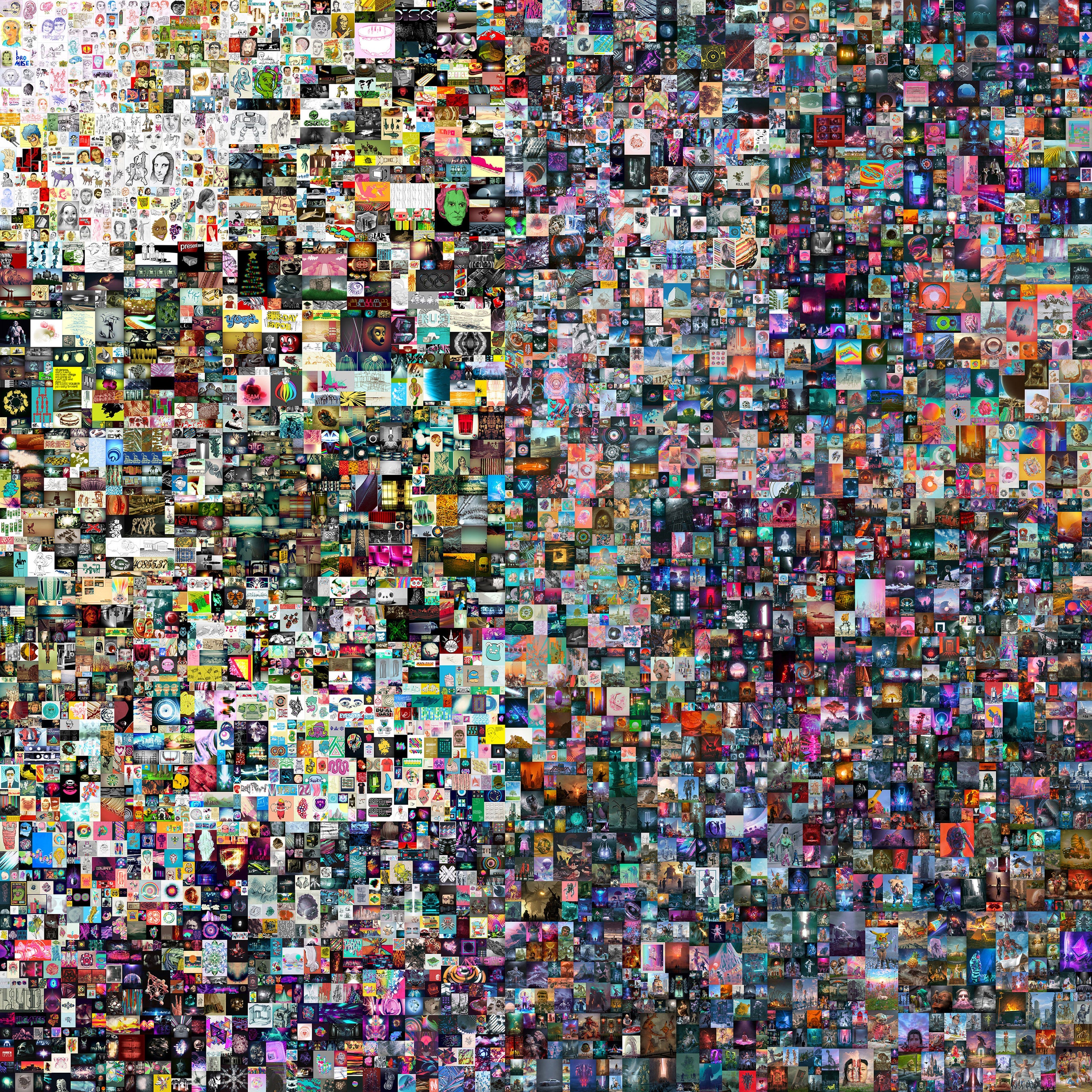Unravelling NFTs: The Properties, Promises & Problems of Non-Fungible Tokens
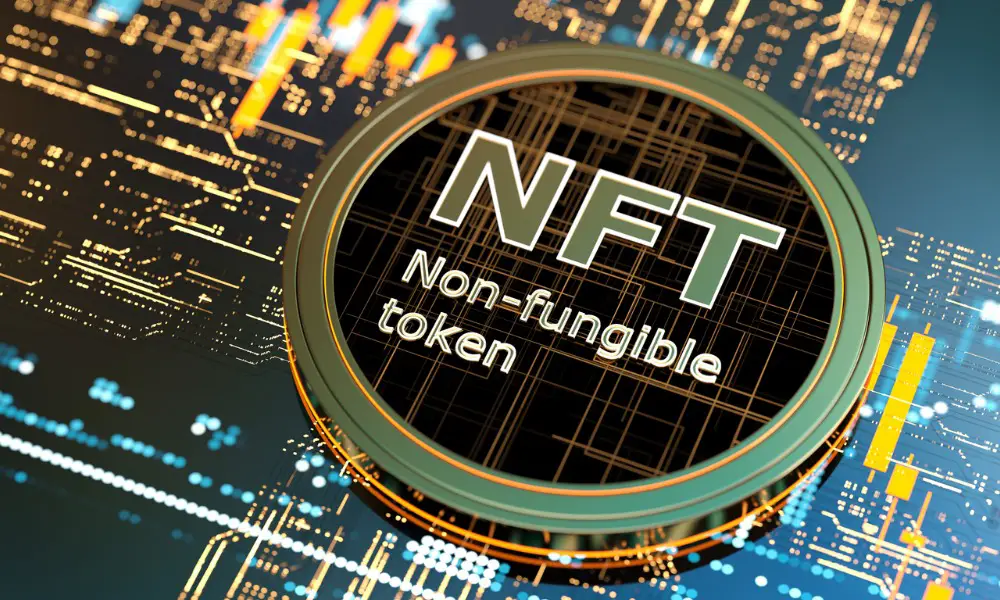
A new class of digital assets has entered the crypto space and stirred the imagination of the masses. What are the properties, promises and problems of NFTs or Non Fungible Tokens? How do they impact how we value, identify and interact in the 21st century?
Where's the fun and eligibility in fungibility?
You must've surely heard of NFTs by now. What are these New Funny Things and why are they in the news? NFTs is the acronym for Non Fungible Tokens, a relatively new kind of digital asset. The crypto revolution started with Bitcoin in 2008-09, and it is evolving rapidly! What are the properties, promises and problems of NFTs?
To begin understanding the need for NFTs, let's start with a common physical object: a Coca-Cola glass bottle. You will find this object in almost all countries of the world. A 300 ml bottle of Coca-Cola is identical to another such bottle. Given a crate of such bottles, you wouldn't think much while picking one; they are all the same. We call this property of sameness, such that picking any identical item at random makes no difference, as fungibility.
Fungibility is an important base property of money. A fungible object can serve as a medium of exchange. This is very useful while buying and selling products (and services) in a large marketplace of strangers. Everyone recognizes the value represented by a fungible token, and transactions occur smoothly. We can negotiate the prices, but we don't have to worry about the medium of exchange. Our paper currency notes and metal coins are fungible.
When fungibility loses its steam
Your ID documents, like your driving license, passport, and social security card, are unique. You can't exchange your passport for mine. They serve a different purpose: representing a unique value, such as your identity. Or your credentials: certifications and degrees. Similarly, business and financial contracts, such as trade agreements or loan contracts, represent two or more unique parties, and a specific set of agreements between them. These are some general use-cases that require documents that are non-fungible. Uniqueness, specificity, identity.
A property that goes nicely along with fungibility is divisibility and stackability. We can divide or combine items, and likewise, divide or combine the value they represent. This is how we can pay a sum of 42 bucks, using two 20 notes and two 1 coins. Or, if we paid with a 50 note, the recipient can return the change of 8 as a 5 note, a 2 coin, and a 1 coin. This example of divisibility and stackability of value represents another base function of money: unit of account. It goes hand-in-hand with the "medium of exchange" function.
We cannot easily or meaningfully divide or stack non-fungible items, like your driving license or loan agreements. They are meant only as a whole. The uniqueness and specificity will lose value and meaning if we were to separate a few pages from a contract. These items are information-rich, identity-based, and context-specific. You cannot use your passport, or even use the hall pass of a different competitive test, to get entry into the exam hall: you need to have the specific hall pass of the exam you intend to give.
Ownership, contracts, agreements: the question of identity and rights
This brief discussion of fungibility and non-fungibility provides us the perspective, that the smooth functioning of social and economic transactions cannot be supported by just one kind of token. Money facilitates an anonymous exchange of value between strangers in a large marketplace without requiring much thought. On the other hand, wherever trust and identity become important, we use verification, information-rich and unique documents.
Keys need to be unique to establish ownership! If the keys to my house or locker also open the door of your house or locker, we lose any concept of ownership. Thus, the key to any asset of value, whether physical or digital, can be made into a non-fungible token, or NFT. Anyone who holds the key gets to be the de-facto owner of the asset protected by that key. The possibilities are endless.
No magic wands: loopholes and endless race for improvement
But what about the duplication of keys? It is possible to duplicate physical keys secretly - no reason why digital keys can't be duplicated similarly. Multiple entities can now unlock and access the asset: who's to say which one is the valid owner? The original asset could get stolen, or be replaced by a counterfeit one. What determines the originality of an asset - the certificate or the asset itself? While a digital asset, which is basically information, can be verified by its hash value, how do we create a hash for identifying the originality and integrity of a physical asset?
If some information is immutably stored on a blockchain, does it mean it represents truth? Neither blockchains nor NFTs represents a magic wand to solve all problems surrounding security, trust and value identification. Every use-case will require design-thinking, testing, debugging. That's good news for people - the endless cat-and-mouse game, in which an advanced rat incents an advanced cat and vice versa, means that there'll always be plenty of work for everyone!A fuzzy concept today represents a potential missed opportunity tomorrow. This is why it is important that you get NFTs explained the right way.
New Funky Things? Not-so Funny Tokens? The NFT Mania in Early 2021
Let's explain the NFT Madness seen in March 2021: Go back to the first example of the Coca-Cola bottle. While all the bottles are the same and interchangeable, i.e. fungible, if a celebrity were to autograph just one bottle, suddenly it acquires a high social value! Scarcity, uniqueness, and social capital of the celebrity can turn a $5 common object into a $5 million rare collectible.
Not everyone will agree that the autographed bottle is indeed worth that amount. The normal, fungible versions of the bottles are available to the mass market, and rarely would anyone debate about their price. On the other hand, the unique autographed version of the bottle gets a niche market and highly subjective pricing. Rather than placing them on shelves and traded at the market rate, we display them in galleries and auction them to the highest bidder. That explains the huge attention in media, both positive and negative, that the recent digital NFT art pieces and collectibles have been getting.
Monetization, Access Rights, Ad-Madness
We can infinitely duplicate (copy-paste) and distribute digital items for free across the Internet. And with abundance comes the challenge of price discovery. Artists find it hard to get the right returns on their hard work and creativity. Imposing digital locks like DRM (Digital rights management) restricts the rightful owners who have legally purchased the digital goods. Enjoying the books/music/movies as they wish is made difficult due to this. They have to use only specific software or devices. This raises the question of whether they truly "own" their purchases.
Advertisement-supported monetization of freely available digital media has been the answer so far. But that has spurred its own set of evils, like gathering users' personal data and invading user privacy. Hyper-targeted content is responsible for creating "filter bubbles" and "echo chambers" around users. These effects then multiply across online communities, leading to increasing polarization in the social and political spheres.
New-found Bragging Rights and Inevitable Bubbles
Using NFTs to create "artificial scarcity" and "proof of ownership" for digital items, artists in art, music, movies, and computer games space are finding new ways to connect directly with their audience. Crypto-rich superfans can now support their favorite emerging artist and creator. They can achieve this by bidding for thousands or millions of bucks to claim the "bragging rights" for "owning" the "original" of a digital art piece. These costly art NFTs can then be resold at a higher price (if the bidder exists, that is), and serve as a huge investment opportunity.
Royalties will be paid to the artist every time the NFT is resold, creating a passive income stream for a lifetime.
However, these prices being highly subjective, such art NFTs could lose demand after the hypecycle dies out. With no "greater fool" available to buy a billion-dollar digital item, the last owner will be left holding a very expensive copy of a widely available jpeg or mp3 file. And thus, we may witness another "Tulip Mania" bubble bursting away, and clearing the path to explore the real powers that NFTs and their thoughtful application holds.


